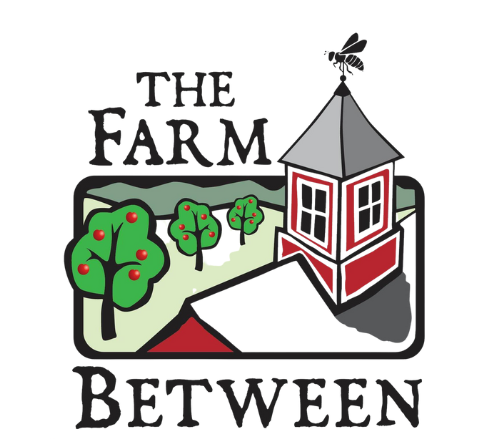Cherry and Peach Tree Planting & Care
These Prunus species can grow up 15’ on semi-dwarf rootstock 25’ on standard rootstock, though many are naturally dwarfing and stay at 10’-15’ making them easy to care for and harvest. Tart, or pie, cherries are hardy to zone 3 or 4, peaches are hardy to zone 4 or 5, and sweet cherries are hardy to zone 5. Because of their tendency to bloom early, harvests are not always reliable where there is danger of late frosts, but it is worth the wait. There is nothing quite like a tree-ripened cherry or peach!
Size, Spacing, and Bearing Age: Space as close as 10’-15’ for smaller trees and 20’-25’’ for larger trees. Plant no further than 100’ if pollination is required. Stone fruits typically begin bearing within 3-5 years.
Pollination: Pie cherry and peach trees are self-fertile, making them ideal candidates for small spaces where you can only plant one. Sweet cherry trees require a different sweet cherry variety for pollination.
Soil & Site Selection: Cherry and peach trees grow best in full sun and well-drained, loamy soil with a pH of 6.0-6.8. Like all stone fruits, they tend to bloom early and thus are vulnerable to late frosts, so plant them where there is good air drainage (on a slope, not in a low spot) or where they might otherwise be protected from frost (i.e. near a body of water or building). A north-facing slope may be advantageous in this regard, as it will delay flowering, but peaches and sweet cherries are less cold-hardy than pie cherries and may require a warmer microclimate. Don’t worry if you don’t have the perfect conditions, as most soils can be amended, but do avoid poorly drained areas and frost pockets. Because they require regular watering throughout the first growing season, make sure to site them where you have easy access.
Planting: See Planting Guide and Bare Root Planting for instructions.
Pruning: Other than removing dead, damaged, or crowded branches, as well as any root suckers, you will want to avoid pruning your trees until they begin bearing. At that time you will want to prune to an open center by removing any inward-growing or crowded branches at the center, and thinning out excess and weak growth throughout the tree. Peaches often bear heavily, which can cause bending or breaking of branches, so fruit thinning and/or branch support may be required in some years. Pruning will also help thin excess fruit buds.
Pests & Diseases: The pests that can do the most damage to young trees are deer and voles. Keeping weeds and mulch away from the trunk will help discourage rodents. A 5-6’ wire cage around each tree will discourage deer, and hardware cloth or a plastic tree guard will prevent voles from girdling the trees. Birds are the number one pest when it comes to harvesting fruit from these trees. They will steal the cherries before they are even ripe; therefore a net and/or daily harvesting may be necessary to get a decent amount of fruit.
Stone fruit trees are particularly susceptible to sunscald or Southwest injury that occurs in the winter when warm daytime temperatures are followed by freezing temperatures, causing the bark to split. It can be prevented by using a white plastic tree guard during the winter months, but be sure to remove it during the growing season as it can cause moisture to build up on the trunk.
Brown rot is a fungal disease that can affect the fruit as it ripens. This can be mitigated by pruning excess growth to allow air flow throughout the tree, and picking up any drops (or smothering them with compost and/or mulch) in the fall.
